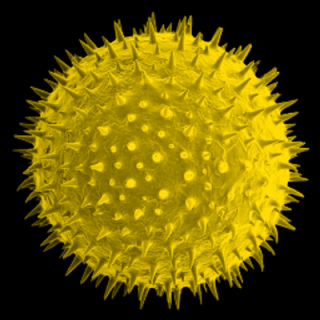
Asthma | My Experience
3 years ago I was diagnosed with an unusual form of Asthma.
I’m fairly resilient, so I generally continue training (swimming, riding, and running) when I get a slight cold, normally shaking it off in a couple of days.
But on this occasion, I started to experience tightness in my chest of an evening, not struggling to breath exactly, but discomfort.
In the morning, I would generally awake with the symptoms having passed, so I resumed training and living as usual.
Initial Consultation
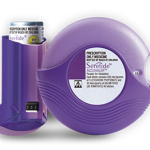
As I was not getting better, it was time to consult our family G.P.
I try to avoid antibiotics as much as possible, but after the extended duration, I was prescribed a course to try and knock it off.
To counter the chest tightness, I was prescribed some asthma relief medication (seretide), this was new to me, but on advice, I commenced using it when the symptoms presented.
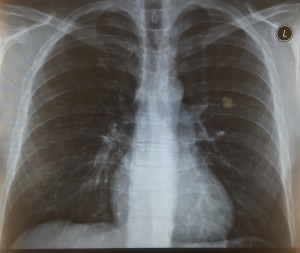
I have never been an asthmatic and with multiple Ironman races under my belt, considered my lungs to be in perfect condition, never having difficulty breathing, except after pushing it a little harder in a training session.
Following my initial consultation, I experienced some subsequent tightness in my chest. So in consultation with my doctor, we decided to see a respiratory physician.
To fast track the process, my G.P arranged an x-ray of my lungs as the specialist would require these to be able to rule out any chest abnormality or disease.
The following week, I visited the specialist who on reviewing the x-ray quickly ruled out any problems with my lungs.
This still left the chest tightness unresolved, so an allergy test was prescribed.
Testing for Asthma – Day 1
For as long as I can remember, I have had an allergy to grass, this typically resulting in a runny nose, sometimes progressing to itchy eyes and then the uncomfortable itching of my arms and legs.
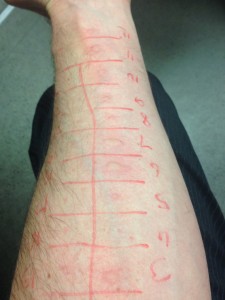
With this in mind, an allergy test was undertaken. I had no response to moulds, dogs and some Australian native trees, but as can be seen in the picture, I had a pretty good response to dust mite, nearly all grasses, cats and cypress trees.
A mix up in appointments meant I also had a Spirometry test at the same time. For those of you that haven’t been through this, the test involves breathing in fully through a tube, and then exhaling at a steady rate until you have nothing left.
This was the first time I had been through such a test and I’ve got to say it was an exhausting experience. Having said this, my results came back all clear, no sign of Asthma.
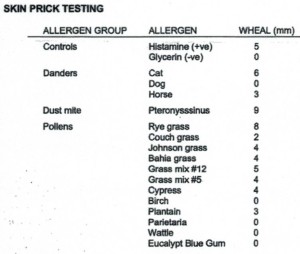
Testing for Asthma – Day 2
2 weeks after the first test, I returned for a further Spirometry test as well as a methacholine test.
Methacholine is an agent that is inhaled and if asthma is present, causes the airways to spasm. At the conclusion of the test, a bronchodilator is given (i.e ventolin puffer), this reverses the effects of the methacholine.
A couple of days prior to the test, I started to experienced the tightness in my chest again, this accompanied with a slight cold and cough, the exact symptoms that I encountered months earlier.

I approached the test as I would a race, gave it everything. Breathing in fully and then exhaling until I had nothing left. During the test, I didn’t present with signs of asthma (shortness of breath or a wheeze), but I did experience an uncontrollable cough at the end of the exhaulations, possibly a result of low CO2 which is a smooth muscle dilator (interesting read here)
The methacholine test returned positive and according to the specialist proved without a doubt that I had Asthma. My brief explanation is that my FEV1 (forced expiratory volume of air in 1 second) was less after methacholine was inhaled than before.
Before I did these these tests, I competed in the Port Macquarie 70.3 Ironman, recording my first podium result,securing a spot in the 70.3 World Championships in Zell Am See.
I’ve got Asthma, now what?
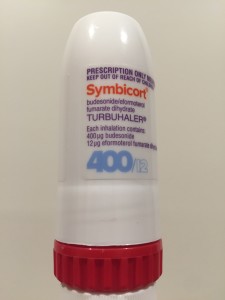
Since the tests, I have been on a preventative asthma treatment plan using symbicort. Symbicort is both a preventer and reliever. I don’t have to take this every day, but when I feel a cold coming on or its hayfever season, I take the inhaler twice a day. In addition, I also carry a Ventolin inhaler should things develop at a more rapid rate.
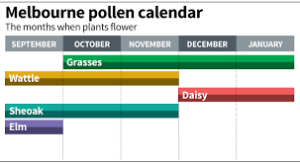
I am fortunate to know how the common cold can affect my lung function and I have a treatment plan to manage this.
However, last weeks ‘Thunderstorm Asthma’ event in Melbourne has seen people with no prior symptoms presenting with full asthma symptoms, resulting in some tragic cases.
Instead of the pollens being released gradually over a couple of months, this late Spring appears to have created the perfect pollen storm, flooding the atmosphere with whats seems to be more concentrations of pollen than normal. A simple visit to the tissue aisle in the supermarket is evidence of this.
But spring has also been great for the garden, so much so that I decided to order some mulch for the garden from a local tree surgeon. We quickly spread this around our entire garden, Em did the front and I did the back.
The following day, I just didn’t feel great, thinking the cold that I had since Hawaii was getting worse so I decided to see my G.P. The diagnosis was possibly an infection, but probably more alarming was the fact that the mulch we just surrounded our house with was freshly cut Cypress, probably not one of the best choices I have made recently.

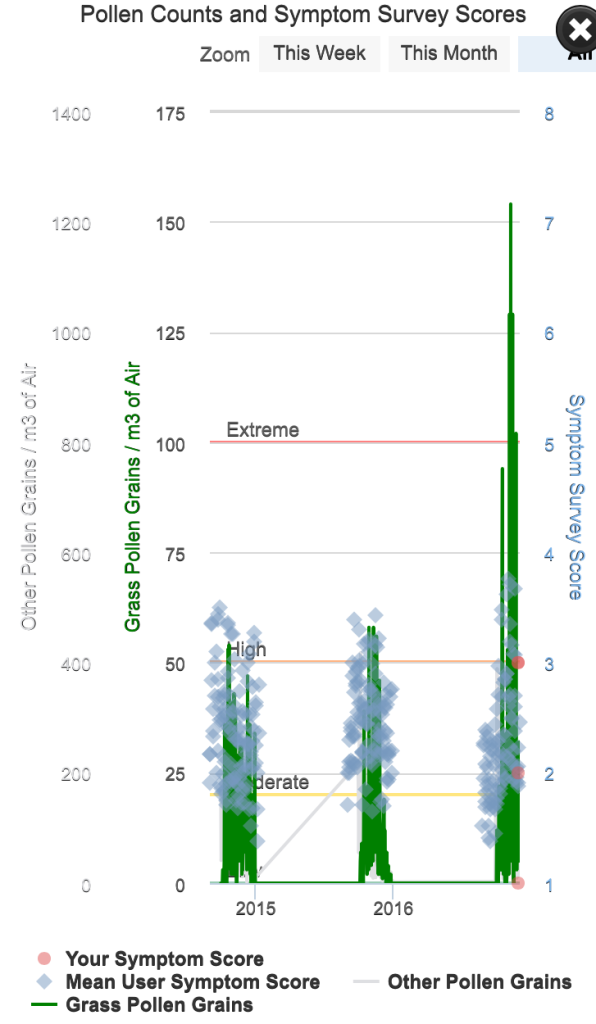
Closing thoughts
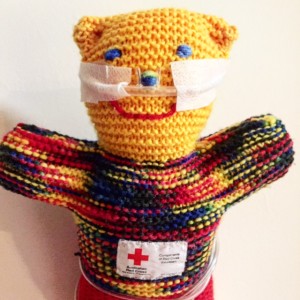
Asthma can kill and with 2 children with asthma, there is nothing more frightening than seeing your child struggling to breath.
Equally, spending overnight in hospital is not fun either. As a first step, becoming aware of the symptoms is really important, consult your G.P, get a treatment plan. At least then you can start to manage it by both awareness and if required medication in the form of preventative inhaler. Prevention is the best cure.
In addition, there are some complimentary techniques that can help control your asthma so don’t discount those. The Buteyko method is interesting, even if you don’t have Asthma.
Take care and take charge, you are in the best position to monitor your own health.


Sorry, comments are closed for this post.